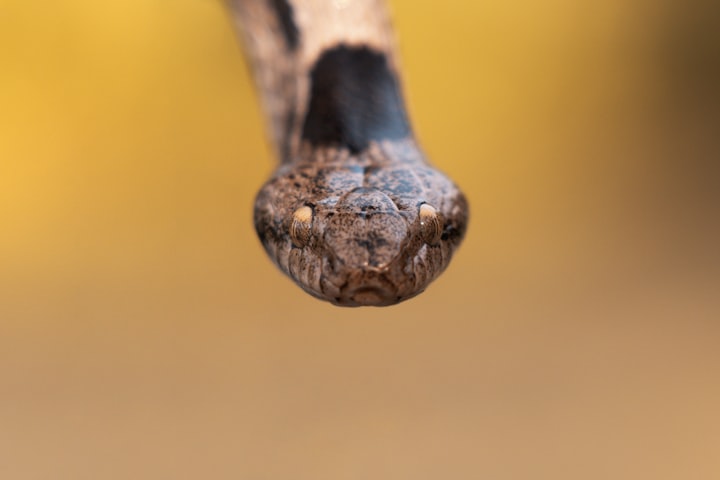Encounters with the Wild
Exploring the Top 10 Most Dangerous Animals in the World

Our planet is home to a diverse array of creatures, many of which inspire awe and fascination. However, some animals possess incredible power, strength, or venomous abilities that make them potentially dangerous to humans. In this article, we delve into the thrilling world of wildlife to discover the top 10 most dangerous animals on Earth.
Mosquitoes
While small in size, mosquitoes are responsible for more human deaths than any other animal on the planet. These tiny insects are vectors for diseases such as malaria, dengue fever, and Zika virus, claiming the lives of millions each year.

Box Jellyfish
Found primarily in the waters of the Indo-Pacific region, the box jellyfish is a creature to be feared. Its tentacles are equipped with venomous stingers that can cause excruciating pain and, in some cases, even death. Their transparent bodies make them difficult to spot, and encounters with these creatures require immediate medical attention.

Saltwater Crocodile
Known as the world's largest living reptile, the saltwater crocodile is an apex predator that poses a significant threat to humans. With a powerful bite and immense strength, they are capable of dragging their prey underwater and displaying aggressive behavior towards humans who encroach upon their territory.

African Elephant
While elephants are known for their majestic presence, African elephants, in particular, can be extremely dangerous. Their massive size and protective nature can lead to aggressive behavior when they feel threatened or perceive a potential threat to their young.

Cape Buffalo
The African Cape Buffalo is one of the most dangerous animals found on the continent. With its unpredictable behavior and powerful build, it has earned a reputation as one of the "big five" game animals most sought after by hunters. When provoked, these formidable creatures can charge with incredible force.

Poison Dart Frog
The vibrant and colorful poison dart frogs found in Central and South America may be beautiful to look at, but their skin secretions contain potent toxins. These toxins, when touched or ingested, can cause paralysis or even death. Indigenous tribes have historically used the toxins to tip their blowgun darts for hunting.

Pufferfish
The pufferfish, also known as the blowfish, is a fascinating creature found in tropical waters. While it may seem harmless, it contains a powerful toxin called tetrodotoxin. Ingesting this toxin, often found in the fish's organs, can lead to paralysis, difficulty breathing, and in severe cases, can be lethal.

King Cobra
Known for its deadly venom and ability to rear up and spread its hood, the King Cobra is the longest venomous snake in the world. Its potent neurotoxin can cause respiratory failure and death within minutes if left untreated. Found in parts of Asia, encountering this snake requires caution and expert handling.

Hippopotamus
Despite their seemingly docile appearance, hippos are responsible for numerous human deaths each year. Their territorial nature, powerful jaws, and impressive size make them one of Africa's deadliest animals. It is best to keep a safe distance and avoid coming between a hippo and its watery domain.

Great White Shark
The great white shark is the apex predator of the ocean, and its reputation as a fearsome hunter is well-deserved. With its powerful jaws and razor-sharp teeth, this apex predator can deliver deadly bites. While human encounters with great white sharks are rare, caution should be exercised when swimming in their natural habitats.

As we navigate the diverse habitats of our planet, it is important to remember that animals, even the most dangerous ones, play crucial roles in maintaining the delicate balance of ecosystems. Respecting their habitats and practicing responsible behavior when encountering these creatures is essential for both their survival and our own safety. While the animals on this list have the potential to be dangerous, it is crucial to remember that human-animal conflicts are often a result of habitat encroachment or human provocation.
Conservation efforts play a vital role in mitigating conflicts and protecting both humans and animals. By preserving natural habitats, implementing responsible tourism practices, and promoting education about wildlife, we can coexist with these magnificent creatures in a way that ensures their survival and minimizes risks to human safety.
It is also worth noting that the danger posed by these animals can vary depending on various factors, such as location, behavior, and individual circumstances. Local knowledge and understanding of specific animal behaviors are invaluable when venturing into different regions or encountering wildlife in their natural habitats.
In conclusion, the natural world is filled with a diverse range of creatures, each with its own set of unique characteristics. While some animals on this list may be considered dangerous, it is important to approach them with respect and caution. Through responsible wildlife management, conservation efforts, and education, we can appreciate the awe-inspiring beauty of these animals while ensuring our own safety and the preservation of their habitats. So, as we venture into the wild, let us embrace the thrill of encountering these magnificent creatures while also recognizing the importance of maintaining a harmonious balance between humans and wildlife.
About the Creator
Shamily Elangovan
I am a visionary poet, weaves words into intricate tapestries of emotion and imagination.






Comments
There are no comments for this story
Be the first to respond and start the conversation.